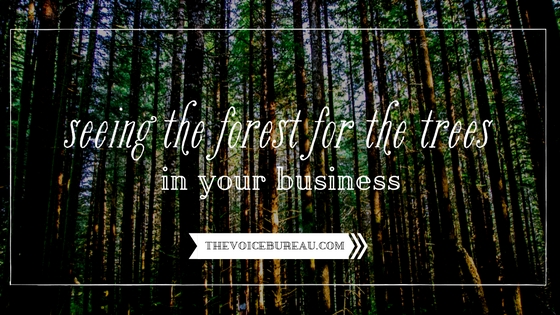
Hey, there. Katie here.
Almost exactly four years ago, I got a life-changing email from a friend and fellow copywriter.
Abby was about to launch The Voice Bureau and wanted to know if I was interested in doing some project management for her. I was fairly new to the freelance game at the time, but I could see that she was doing something really special, and I was thrilled to be a part of it — any part of it. But, to be honest, I had a hard time seeing how I could be much help.
I knew she needed someone on her side. We’d talked before, when she was running her business as a solopreneur, about the insane hours she was putting in, and even with just a few months under my belt (and pre-kids!), I’d already seen how quickly the work day could turn into the work night…and following morning…and weekend…
But, even knowing what challenges Abby had ahead of her, it was hard for me to see exactly where I fit in. It’s not as if I was entirely green — I’d launched my own business earlier in the year, and I was coming from years of writing for a living in some form, from penning radio commercials to editing magazines. But what she was asking for — project schedules, tracking deliverables, email support — all seemed so straightforward.
I was excited to be part of The Voice Bureau, but did I really have anything particularly useful to offer that Abby couldn’t just do herself, given enough time?
I quickly learned that what seemed like a simple, straightforward list of to-dos for me was anything but, for Abby. Spreadsheets gave her hives. Schedules were stressful. All the things I took for granted, she dreaded. With a bit more self-awareness, I probably would have seen this sooner, but analytics and logistics? They are my jam. Apparently, not everyone feels that way. Who knew?
The opposite was true, too. As our partnership grew over the years, Abby and I discovered more and more areas in which our strengths were complementary. She possesses a warmth in her interactions with clients that is natural and unforced, while I stare at my computer screen for ten minutes every time I open a new email. It’s not as if I don’t enjoy connecting with our clients — in fact, I love it! — but what comes naturally to Abby decidedly does not for me.
They say you can’t see the forest for the trees, but in business, that blindness can keep us from connecting with our Right Person.
When you don’t know what you have to offer that makes you different from your competitors, it’s impossible to connect with the person who needs just that. Your special skills might be squarely in your blind spot, but they are exactly what someone out there is looking for.
Take me, for instance. If I had to choose between being an accountant and working in outside sales, I’d be digging out my calculator before you could say, “capitalized expense.” But there are people out there who feel exactly the opposite, and may not even realize that what comes naturally to them is something I would hire out in a second.
So how do you figure out what you have to offer when you’re so close to it that it feels invisible to you? Well, that closeness is the key — what’s invisible to you probably couldn’t be more obvious to the people around you.
It’s not hard to see when you’re consistently praised for your work in one area. If you’re a great writer and people are always telling you that, you probably know that writing is your strength. If you’re a charismatic speaker who lives for the limelight, there’s a good chance someone else has noticed. Think about times you’ve gotten compliments. Do you notice any patterns?
Of course, compliments don’t always reveal your hidden (to you) talents. Maybe you’re a serial overachiever and can’t dig out a pattern among all the accolades. (Way to go!) Or maybe your particular shade of awesome isn’t the sort of thing you’ve been able to fit into a neat deliverable.
Sometimes, the special thing you have to offer can make you stand out in a different way.
Do you ever feel, well, weird?
Different? Do your friends tease you because your closet is color-coded? Are you the free-spirit who never fit in at that corporate job? Do you feign the flu to curl up with a good book rather than check out a hot new club with your friends?
What makes you different makes you exactly what someone is looking for. Not everyone is red-sweaters-on-the-left organized. Not everyone has those outside-the-box thoughts in the boardroom. Not everyone has a measured, quiet approach.
I’m a little bit neurotic. I can’t throw a party without everything being just right, from the flow of the playlist to the color scheme of the menu. Pre-kids (that is, when I had more than 30 seconds to put away a load of laundry), my closet wasn’t just color-coded, it was sorted by style, color, and sleeve length. I never met a spreadsheet I didn’t love. But those things I’ve been teased about are also things that have gotten me praise in my work. And there are plenty of people out there who need exactly what I have to offer, now that I’ve realized just what that special something is.
When you finally figure out what makes you weird, you’re thisclose to connecting with the people who need just that sort of weird on their side — and building ease into your business around the things that comes so naturally to you, you might never have noticed how special they are.
And how special you are.
In the comments, I’d love to hear:
Do you have any idiosyncrasies that come out in your business? Are there any quirks that make you different from your friends — or your competitors? Are you taking advantage of them, or fighting against them?
{ 0 comments }
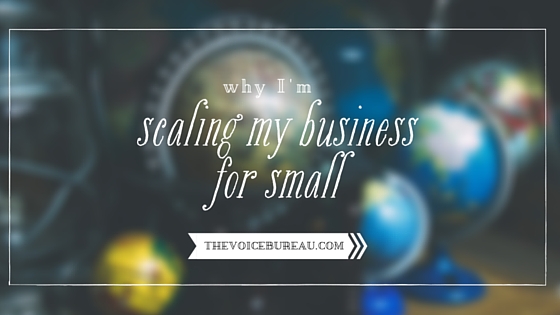
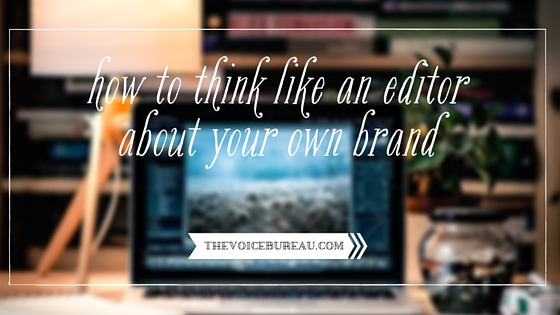
 [Hey there, it’s
[Hey there, it’s 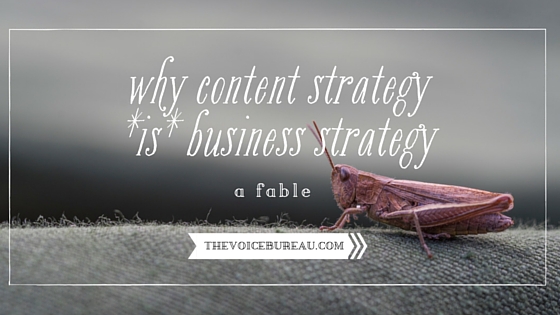
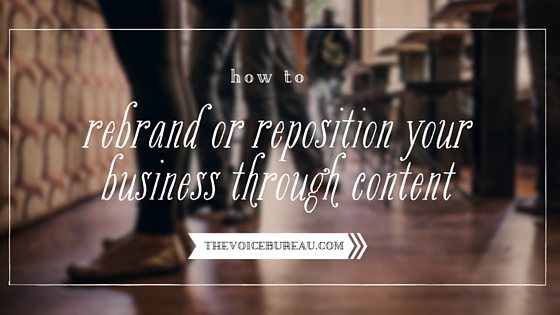
 Hello, you.
Hello, you.